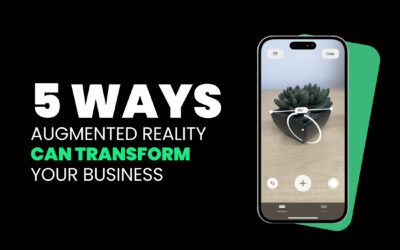
When it comes to mobile apps, your business strategy is critical. Industries across the board are becoming mobile but a mobile presence and strategy for your business is no longer a “cutting-edge” move — it’s just as important as your product itself.
So, if a strong, efficient mobile presence is so critical — how do you know if yours is working? We all know measurement is key, but with so many analytics dashboards, insights, and numbers flooding your way — which do you keep an eye for? The bottom line (as with many of your business strategy decisions) is that each company is different and should not implement a cookie-cutter strategy. Your approach should be a thoughtful consideration of what success looks like for you. To help give you a kickstart, we’ve broken down the Top 5 KPIs (that’s Key Performance Indicators) that you need to savvy up to:
1. Retention & Attrition
1 million downloads is great, but if nobody is staying and using the mobile app you’ve invested time, effort and money into, it’s not doing its job, and very unlikely to be providing return. Being aware of the numbers regarding who stays and who leaves is critical to understanding how effective your app really is.
2. Monthly & Daily Active Users
This is similar to retention, but not the same. While people may keep your app on hand, the frequency that it is used speaks volumes. If your app is providing value to a user, you’ll see these numbers jump. It’s not rocket science, but once you do start seeing these numbers jump — find out what it is they love and grow it.
3. Usage (The 5 W’s)
This is a big one. These are essentially the who, what, when, where, and why of your user. If people are using your app (as we’ve said before) you’re doing something right! Don’t sit by idly, passing around high-fives. Take advantage of the usage and find out all you can about who you’re attracting and why they love you so darn much. This information is like gold in the mobile space and will be your Swiss Army knife of strategy.
4. How long? How far? (Did the Session Go?)
Session length is like a kiss. You’ll take a short one — but a good long one is WAY better…sometimes. There’s a difference between if I open your app mindlessly when I’m waiting for my buddy to finish his conversation with the door to door salesman and if I use it for 45 minutes during a commute or in the evenings. What we’re talking about here is really diving into the time spent with your brand or product (rather than just number of times it’s been opened). Now, this said, it’s important to keep in mind the function, features and purpose of your app. Be realistic about how long a user will spend in your app. Does it allow someone to quickly and easily track goal progress month-to-month? Maybe you’ve got a great interface and a user updates this information in a matter of minutes. Don’t stress, but be willing to consider if there are further opportunities to integrate longer-engaging and relevant features. In many case scenarios, more time translates directly to a higher quality experience. Users are quick to ditch these days and if you’re soaking long sessions, you’re captivating them.
5. Value
This one can be vague. As we said above, this is going to be highly dependent on your unique (hopefully) business. Take a step back and consider your industry. Are you looking for impressions? E-commerce? Users? Thoughtfully consider where the value is in it for you (aligning with your thoughtful strategy) and then monitor it. This is the most basic consideration of ROI, but it can give you a great high-level understanding of whether or not it’s cutting it.
Did we miss one that you can’t live without?
Let us know and don’t forget to share, below:





